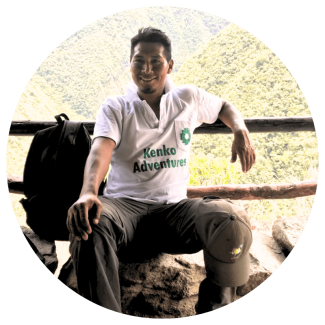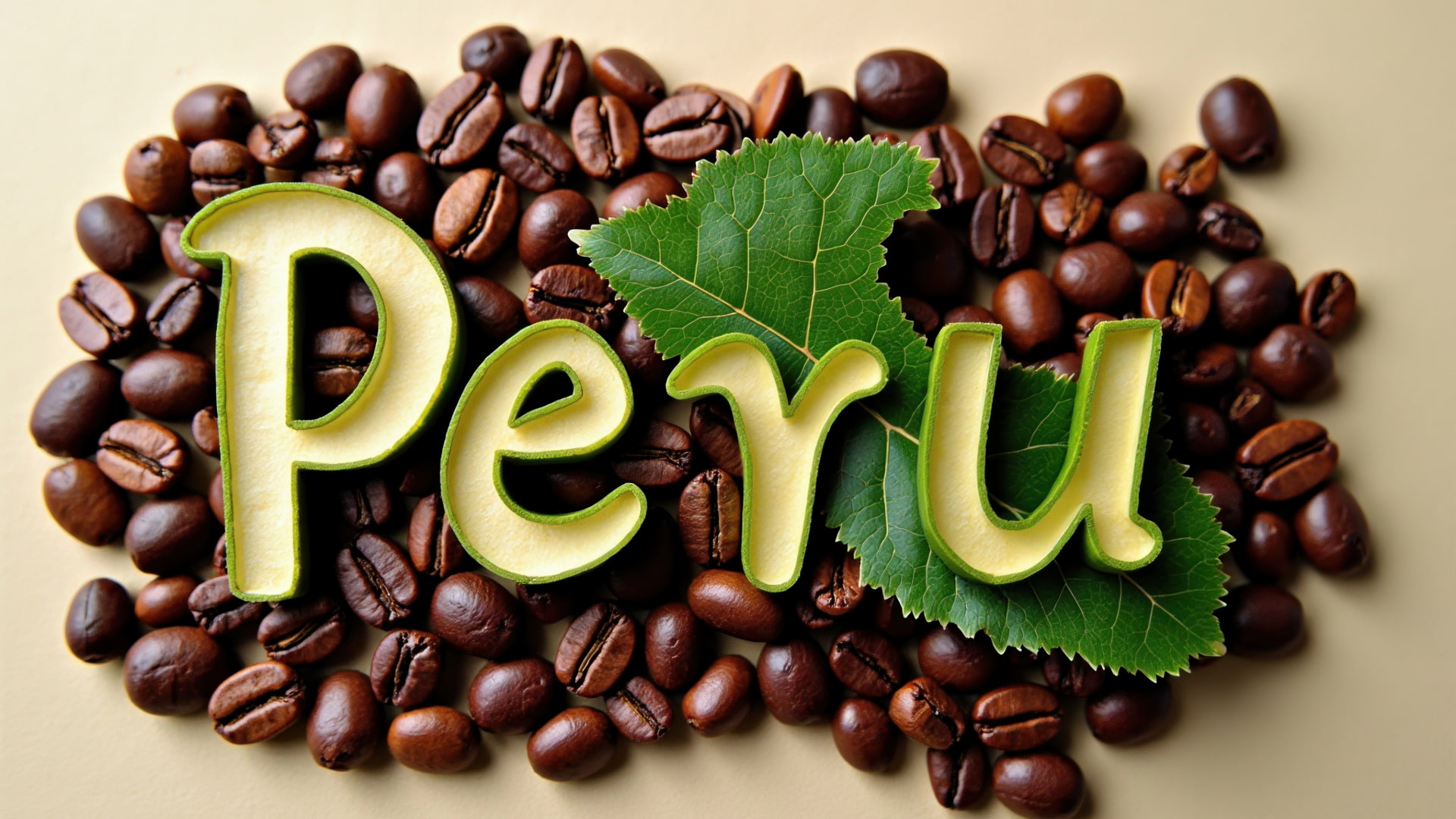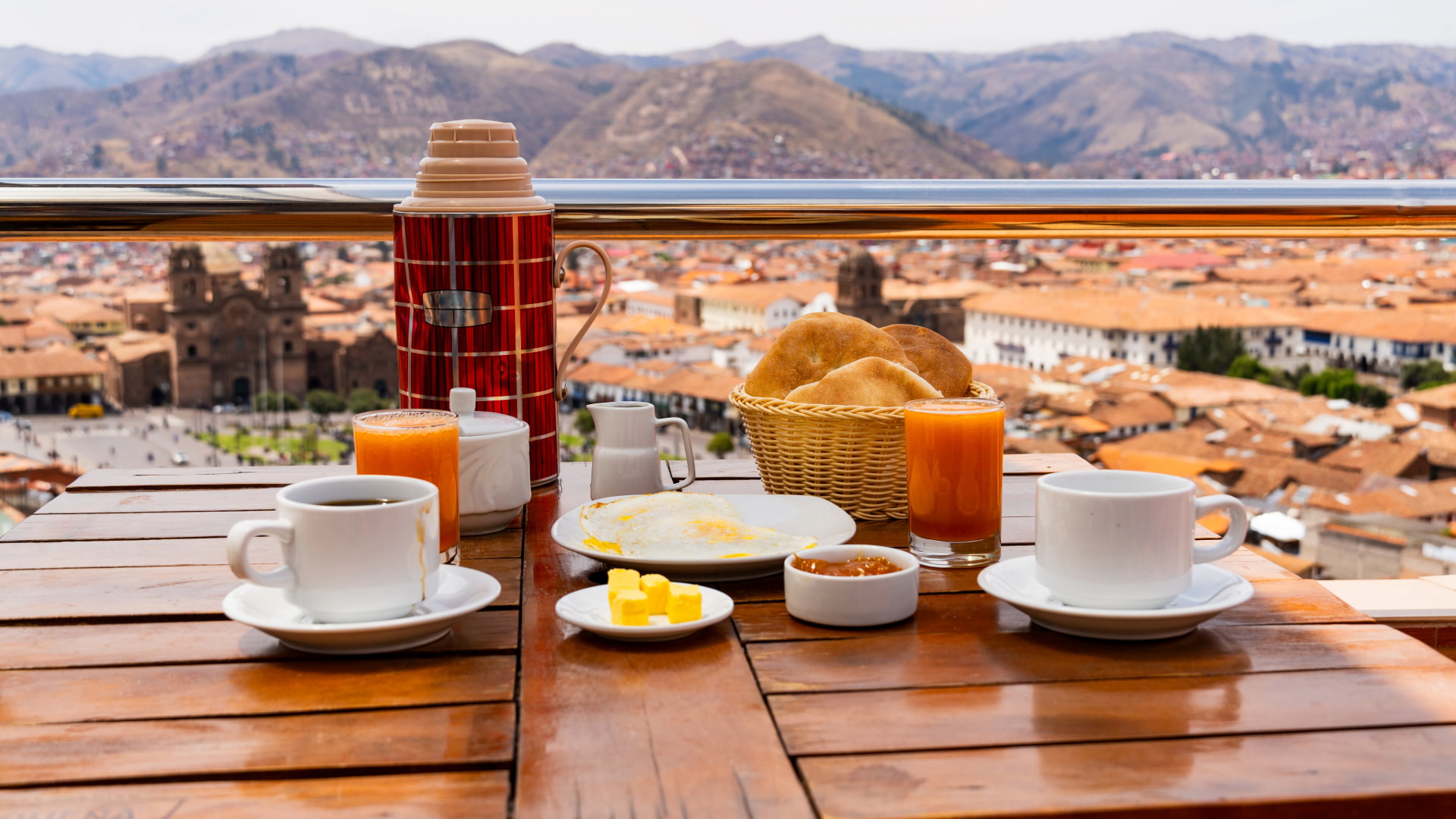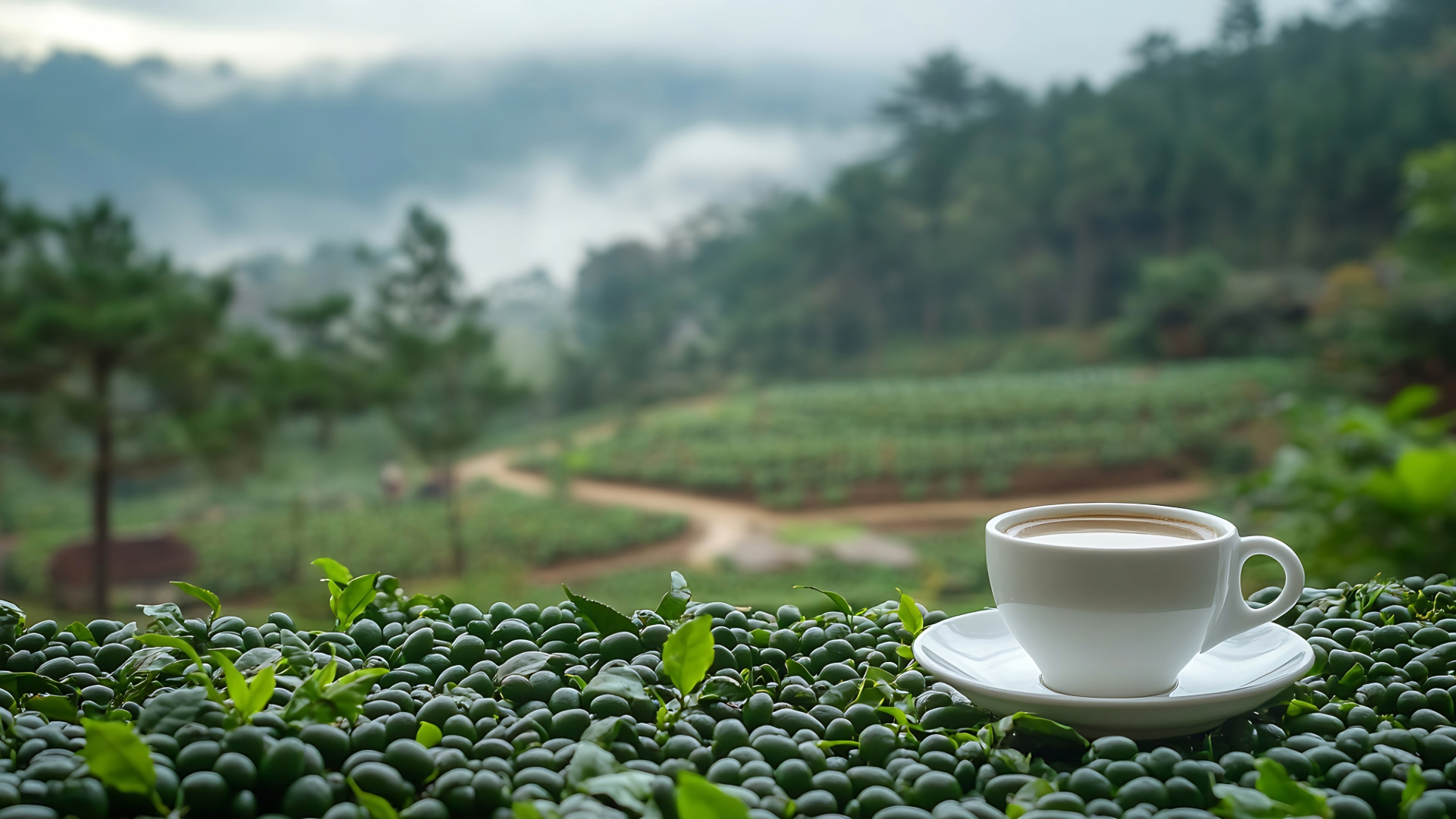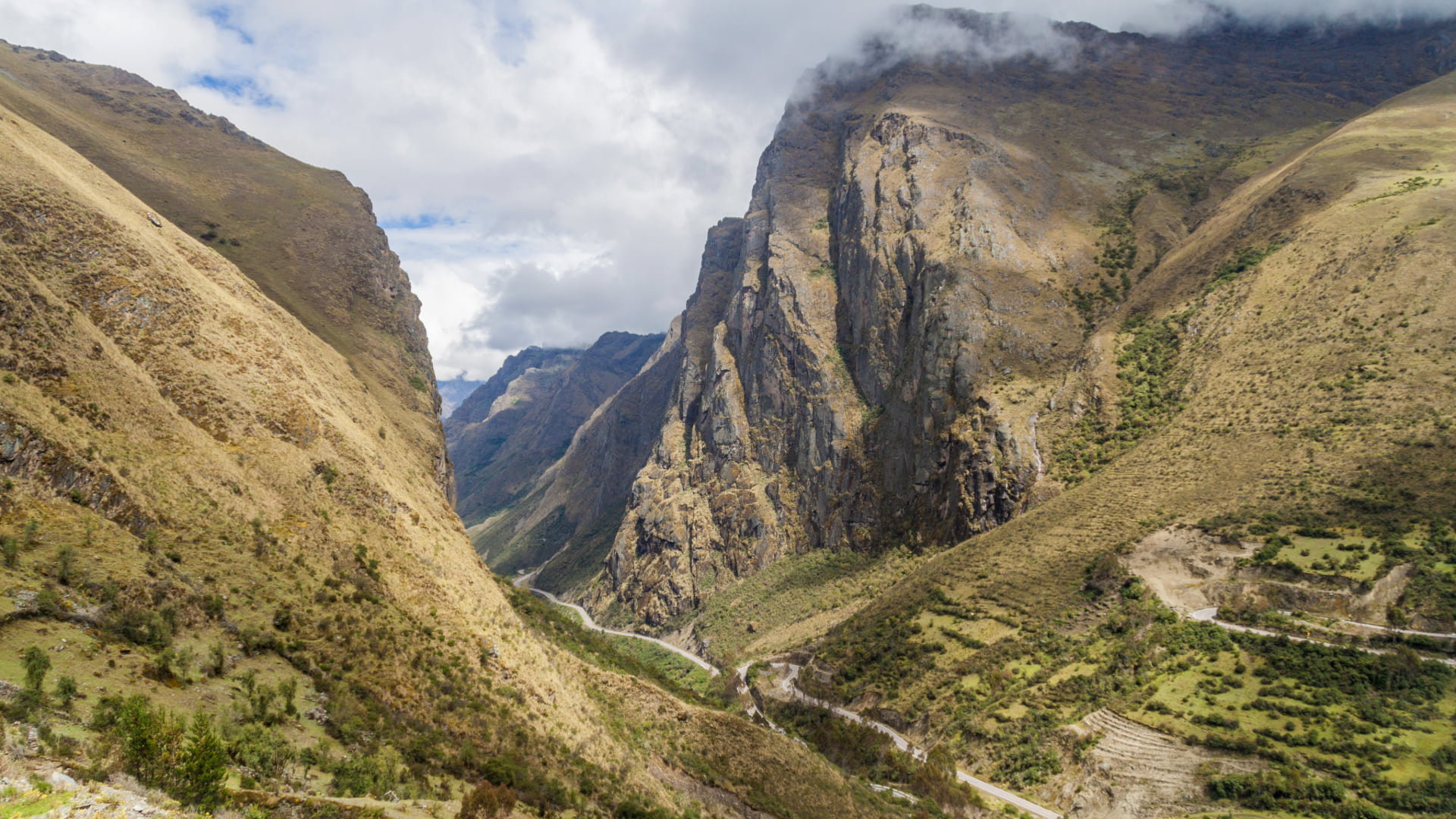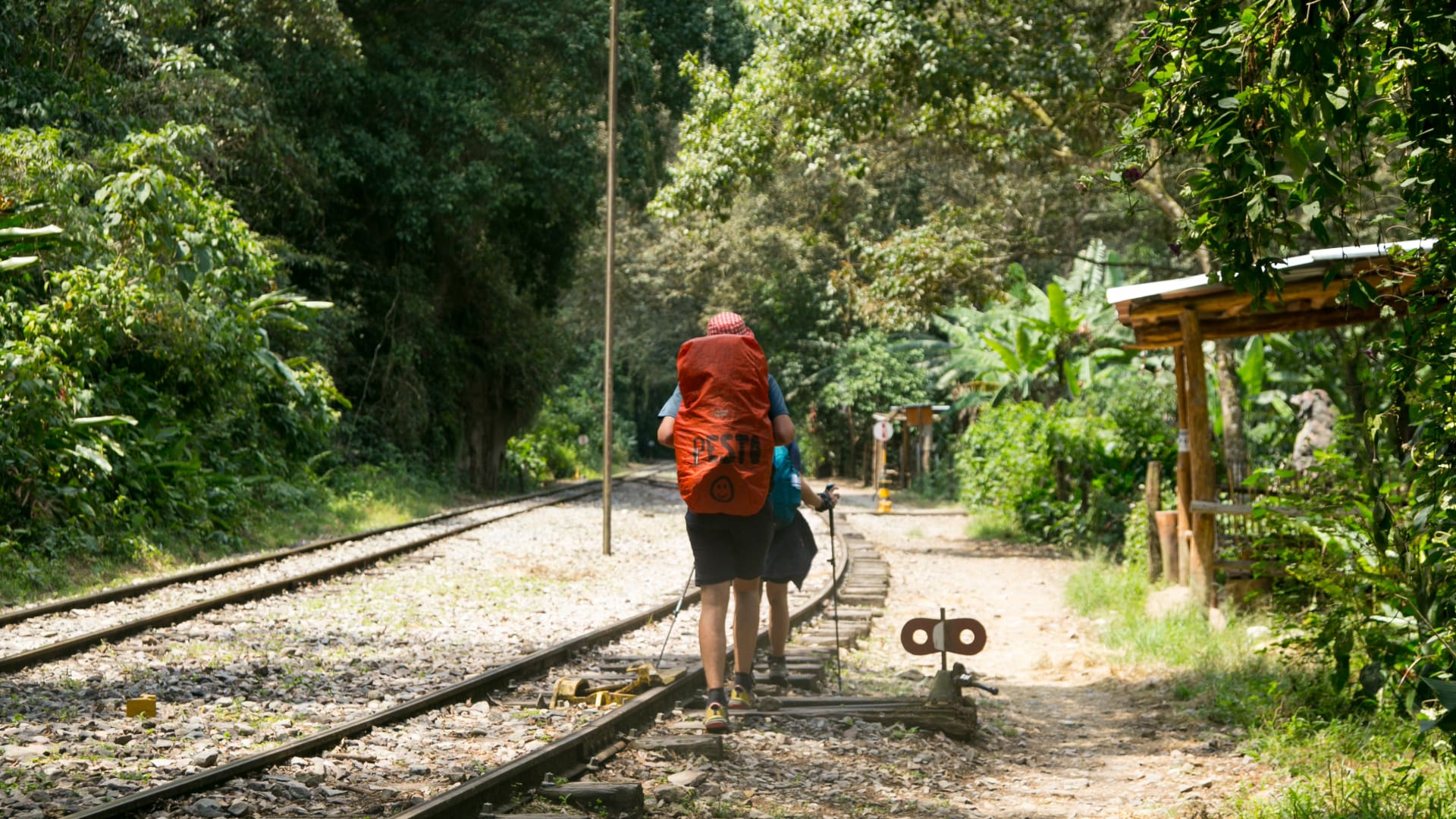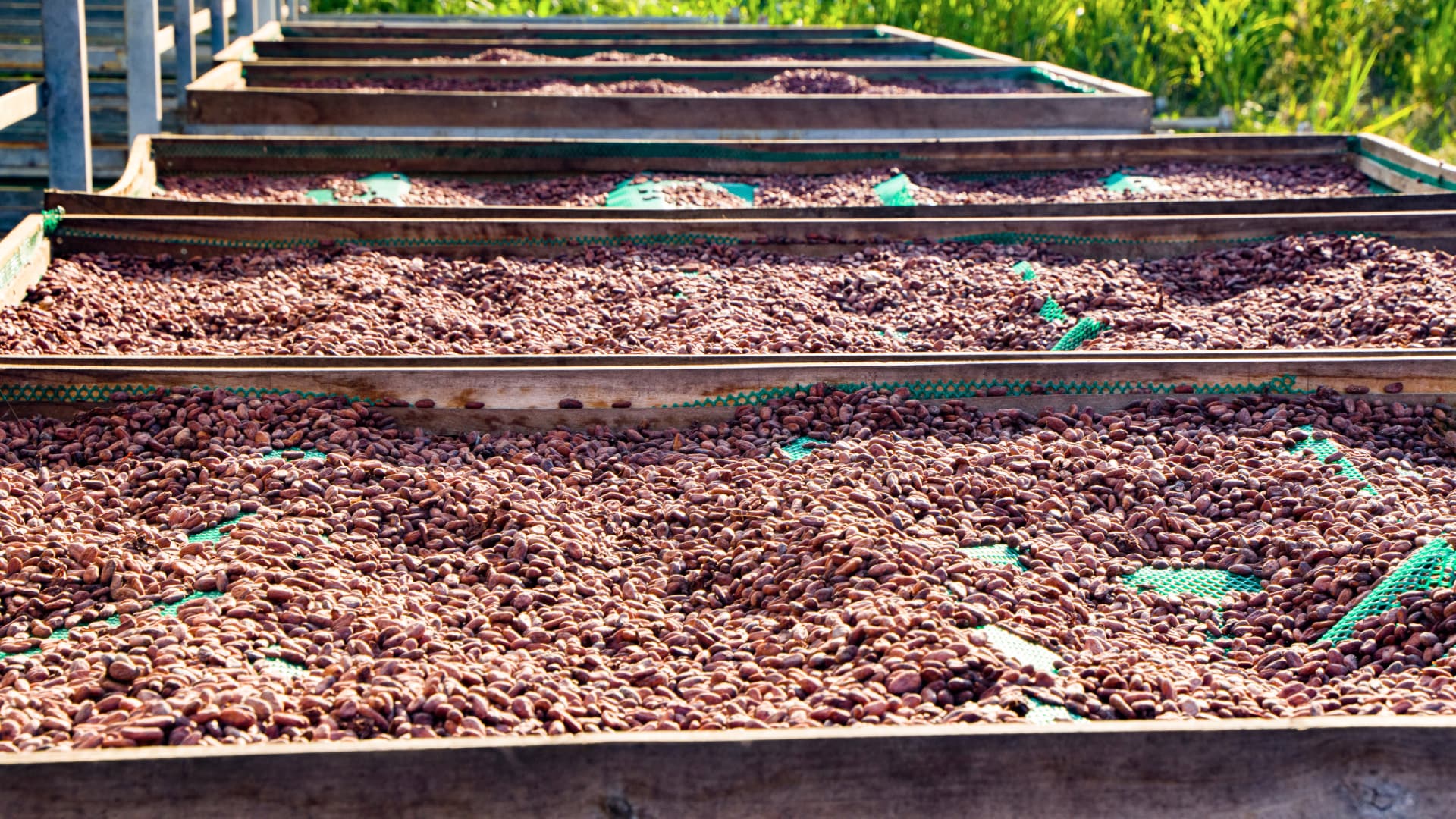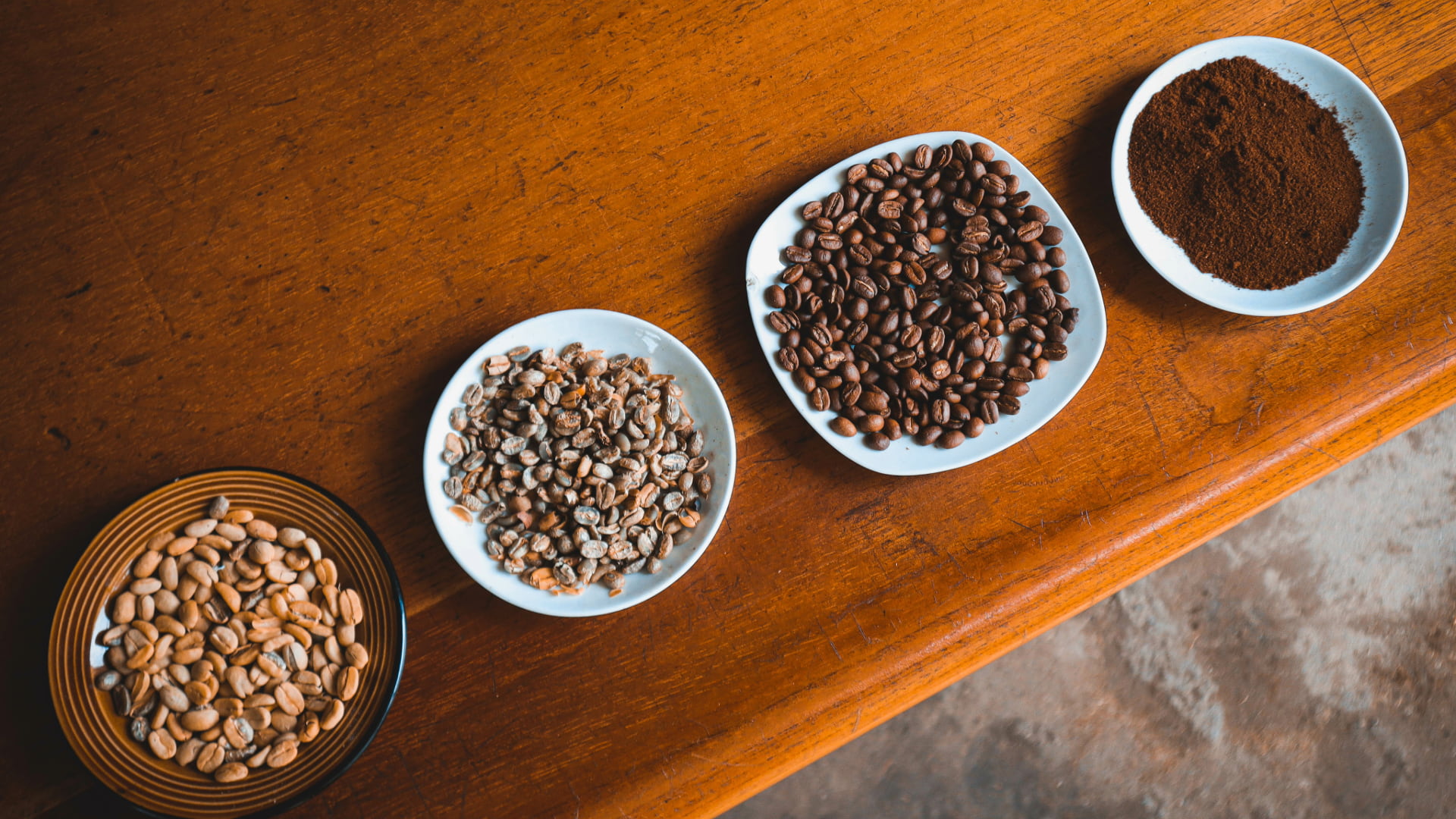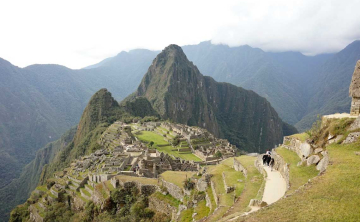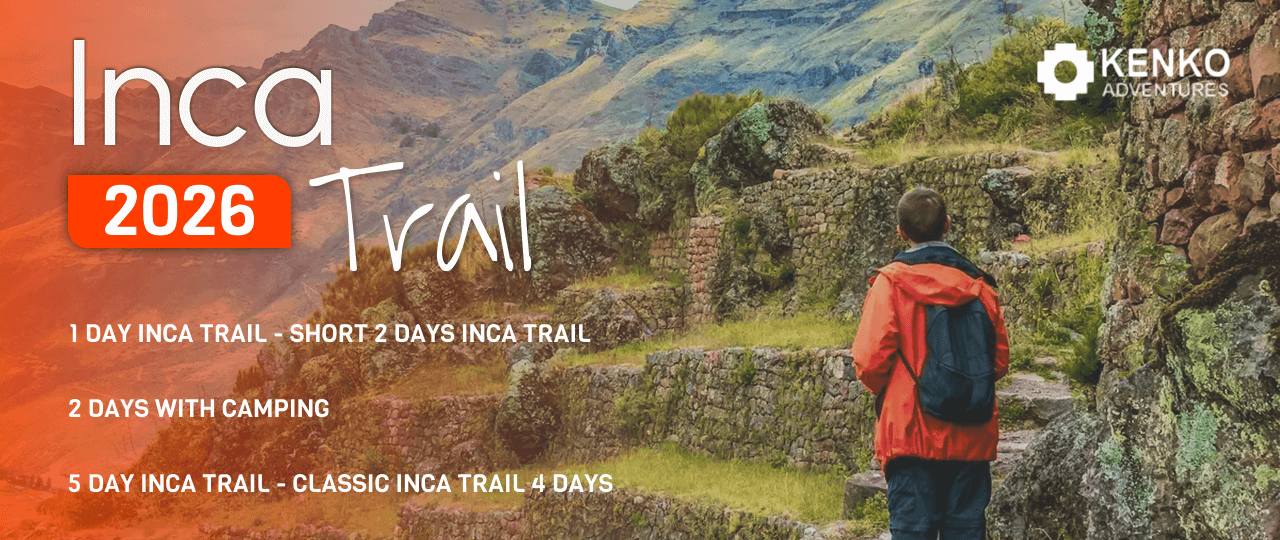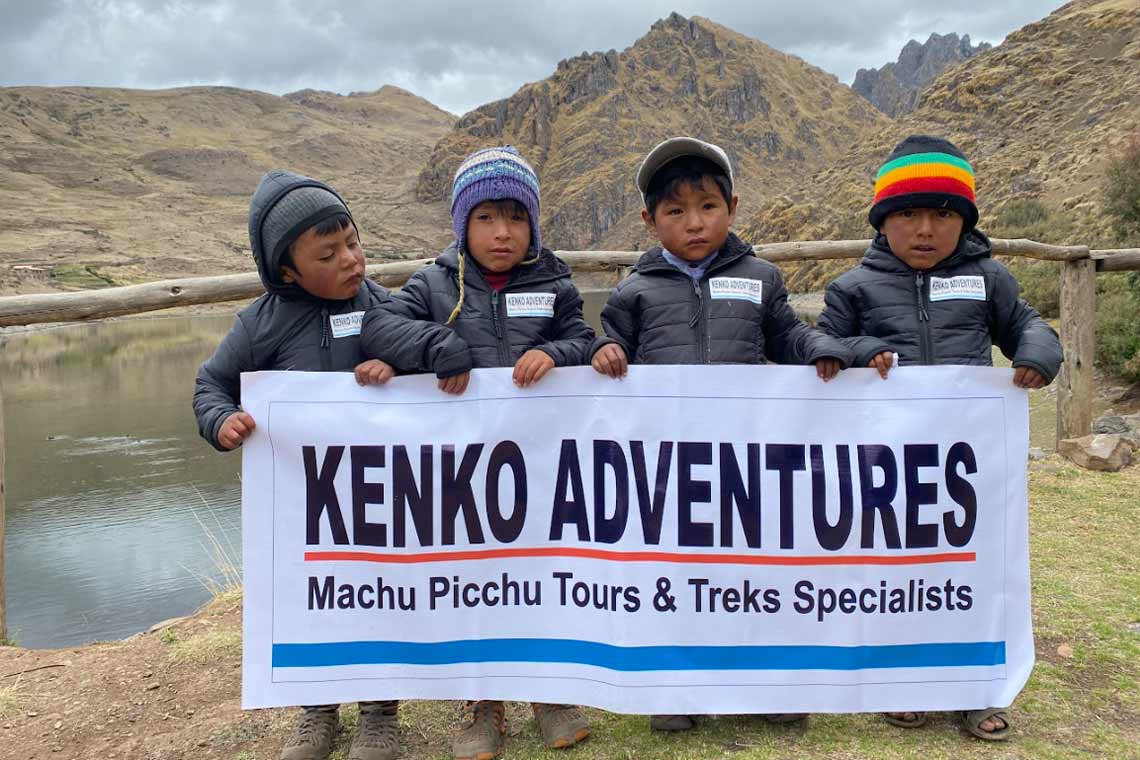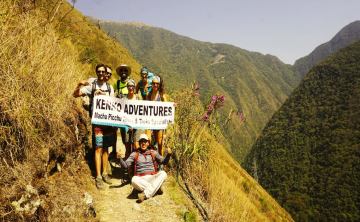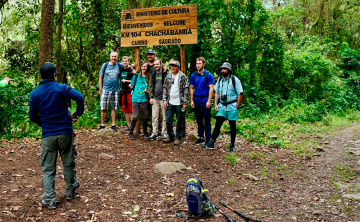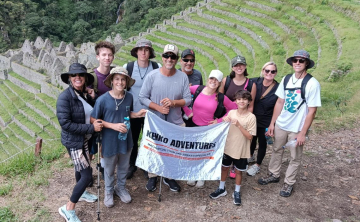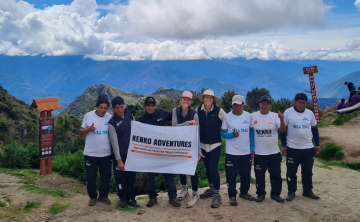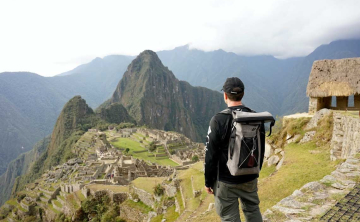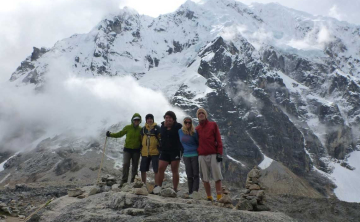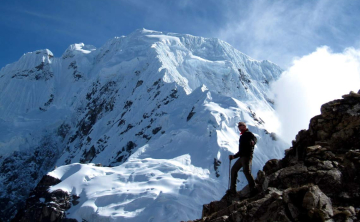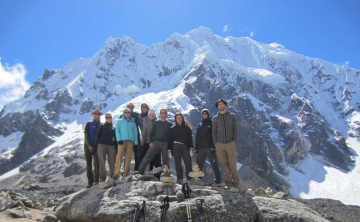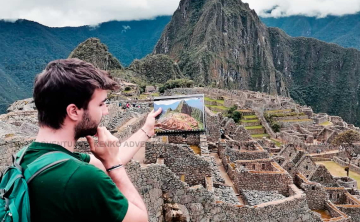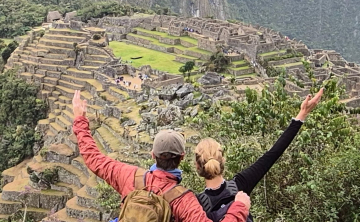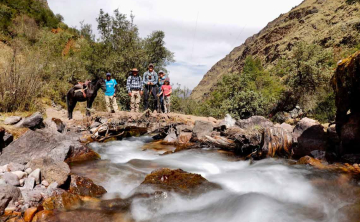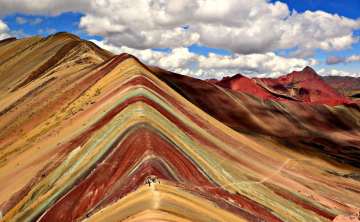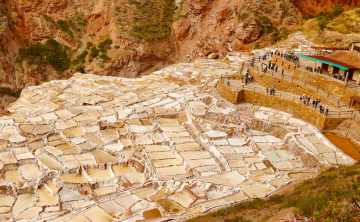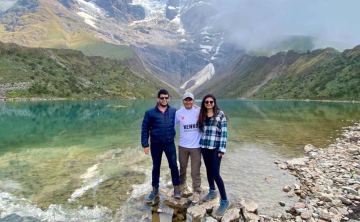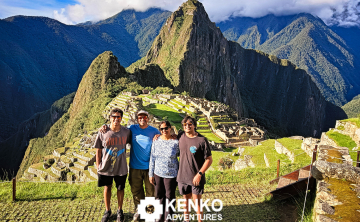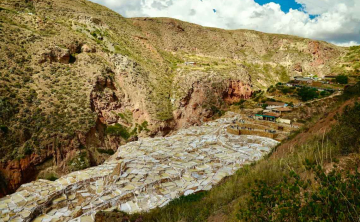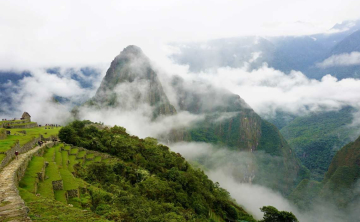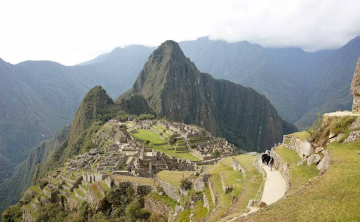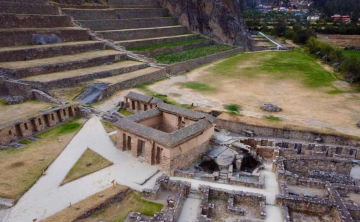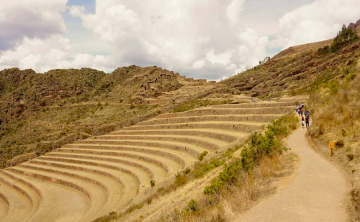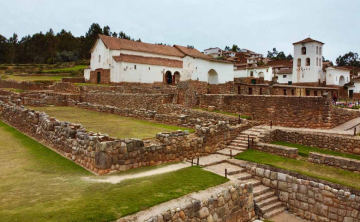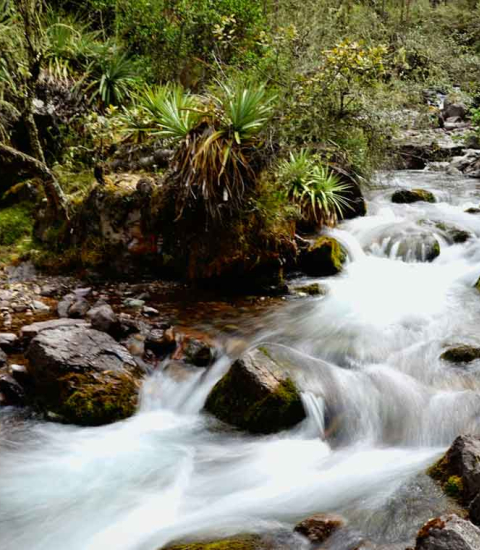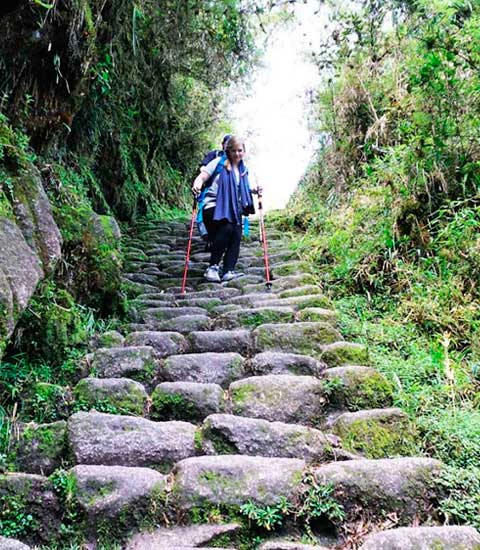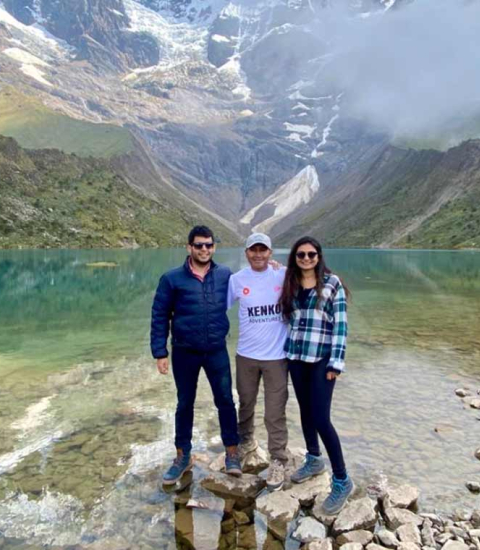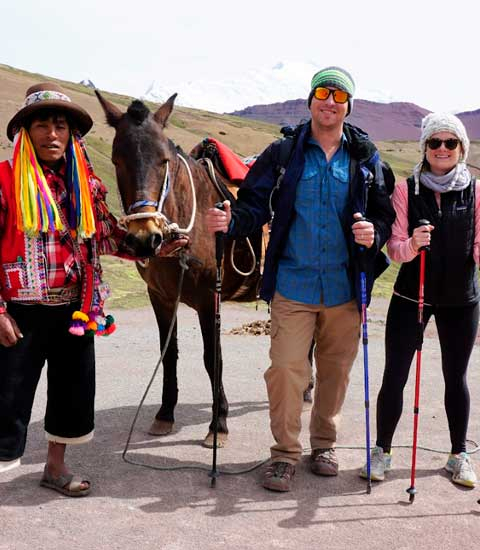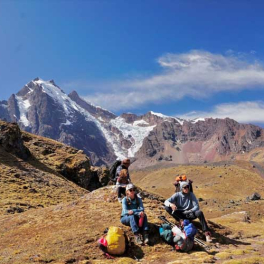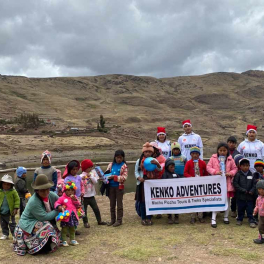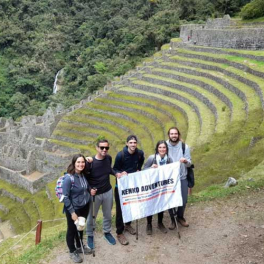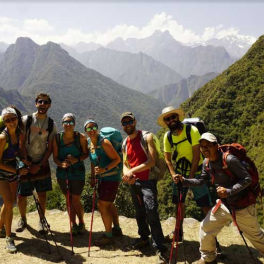We present our real culture life to our clients, hiring people from villages and communities of our region.
Coffee Cultivation in Cusco: An Adventure of Flavors and Landscapes
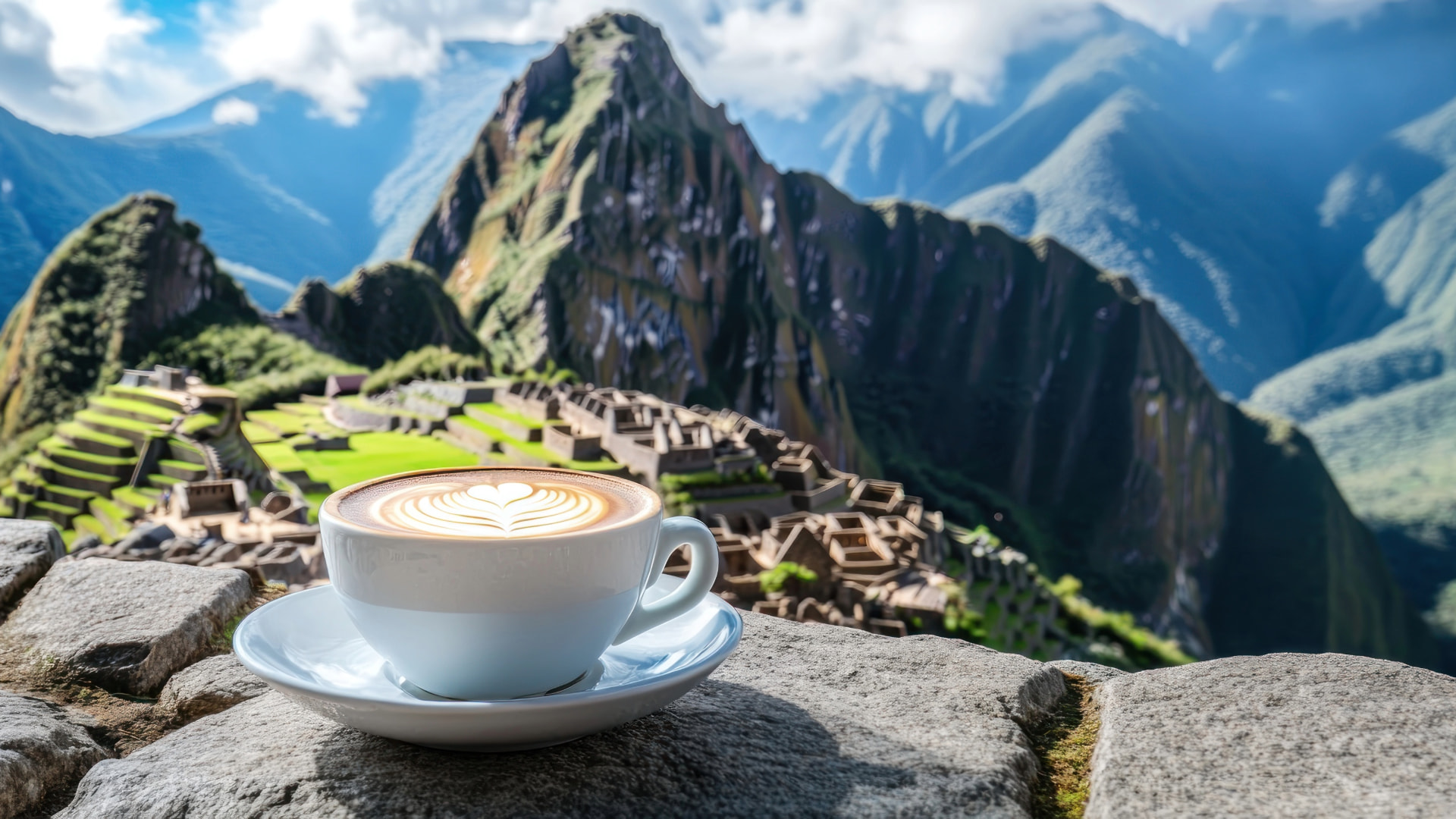
Traveling along Cusco’s coffee route awakens the senses. The aroma of freshly roasted coffee, the majestic Andean landscapes, and the deep connection with the land make this journey truly unique. From Cusco’s historic streets to the lush jungles of Quillabamba, coffee is more than just a beverage—it is a way of life that blends tradition, passion, and nature.
Coffee in Peru: A Global Treasure
Peru has earned global recognition as a top gastronomic destination, and coffee is one of its greatest achievements. As the world’s second-largest exporter, Peruvian coffee thrives in both fine dining establishments and everyday homes. Cusco, with its privileged geography, plays a key role in this thriving industry.
History and Tradition of Coffee in Cusco
Coffee arrived in Cusco’s high jungle in the 18th century and quickly became part of the region’s identity. Farmers took advantage of the fertile soil and ideal climate to cultivate coffee beans of exceptional quality. Over the years, Cusco’s coffee has gained international recognition, particularly its Arabica varieties, grown at altitudes ranging from 1,000 to 2,000 meters, which give them a distinctive flavor.
History and Tradition of Coffee in Cusco
Coffee arrived in Cusco’s high jungle in the 18th century and quickly became part of the region’s identity. Farmers took advantage of the fertile soil and ideal climate to cultivate coffee beans of exceptional quality. Over the years, Cusco’s coffee has gained international recognition, particularly its Arabica varieties, grown at altitudes ranging from 1,000 to 2,000 meters, which give them a distinctive flavor.
Coffee Museum in Cusco
Located on Espaderos Street in the city center, Cusco’s Coffee Museum invites visitors to explore the region’s rich coffee heritage. Here, guests can immerse themselves in the diverse flavors, aromas, and textures that high-altitude coffee offers.
Coffee-Growing Regions in Cusco
Cusco’s high jungle is home to its main coffee-growing areas, with La Convención and Calca leading the way. The rich soil, warm climate, and humidity create the perfect conditions for producing coffee of exceptional quality.
The Coffee Route: Must-Visit Destinations
The journey to Quillabamba’s coffee plantations begins in the Sacred Valley and crosses the impressive Abra Málaga. This mountain pass offers breathtaking views and a mystical atmosphere. As you descend, the landscape transforms into a tropical valley where every turn reveals a new postcard-worthy view.
Huyro is a must-visit along the way. Known for its coffee and tea production, this village offers unique sensory experiences for every taste.
Further ahead, Lucmabamba blends history with coffee culture. This remote destination is home to the Temple of the Moon, an ancient Inca sanctuary within the Llactapata archaeological site. To reach Lucmabamba, travelers depart from Santa Teresa, accessible by road or train.
Tips for Coffee Adventurers
Before setting off, consider the differences between travel options:
- By road: This route crosses Abra Málaga, a high-altitude mountain pass. To stay comfortable:
- Wear warm clothing, as temperatures at the summit can be intense.
- Acclimate in Cusco for a few days before traveling if you're not used to high altitudes.
- Drink coca tea, a natural remedy for altitude sickness.
- By train: Departing from Ollantaytambo, this is the most relaxed option. It avoids altitude-related issues and offers a shorter journey without sacrificing scenic beauty.
Once in Quillabamba, the climate shifts dramatically. High temperatures, humidity, and frequent rain are common. Be prepared with:
- Light, breathable clothing (preferably cotton).
- A waterproof jacket, as rain showers can occur unexpectedly.
- Comfortable trekking shoes for exploring trails, plantations, and ruins.
- Insect repellent, as mosquitoes thrive in the jungle.
- Plenty of water to stay hydrated in the heat.
- For those seeking adventure, one golden rule applies: never stray from marked trails. The jungle is unpredictable, and its dense flora and fauna can pose unexpected challenges.
- Portable chargers are also a must. Walking between villages can take time, and missing out on capturing an incredible moment due to a dead battery is not an option.
Protecting Coffee Crops in Cusco
As a globally recognized product, Cusco’s coffee receives special protection against pests and diseases through Senasa. This institution supports farmers by helping them combat threats like the coffee borer beetle and Cercospora, ensuring healthy and sustainable production.
Best Time for Harvest
From late March to mid-September, Cusco’s coffee industry reaches its peak. During this period, the region not only benefits from export revenues but also embraces tourism through experiences like coffee tastings and sampling coffee-based products, including liqueurs.
Boosting Coffee Production
Several initiatives support the growth of Cusco’s coffee industry. In the Yanatile district, Devida leads major development projects, while local municipalities organize fairs and gatherings where farmers showcase their work. One of the most anticipated events is the Night of Coffee, held in Quillabamba on the first Saturday of each month.
Coffee cultivation in Cusco extends beyond economic impact. It opens doors to adventure tourism and authentic cultural experiences. Exploring these lands means more than just tasting some of the world’s finest coffee—it’s about connecting with local communities and uncovering the stories that have shaped this region for centuries.
